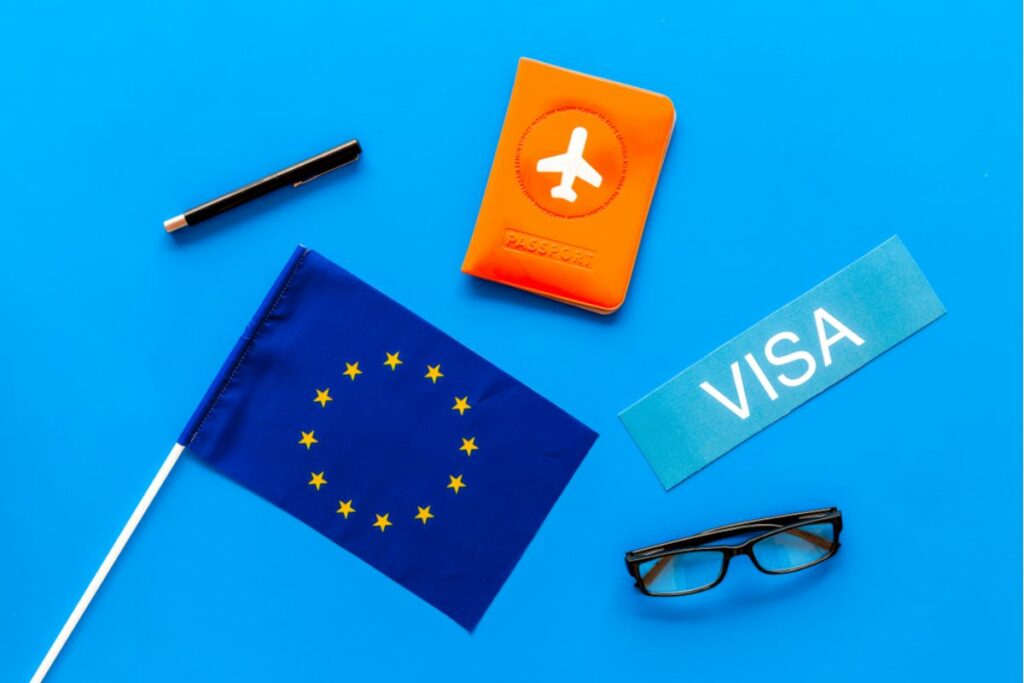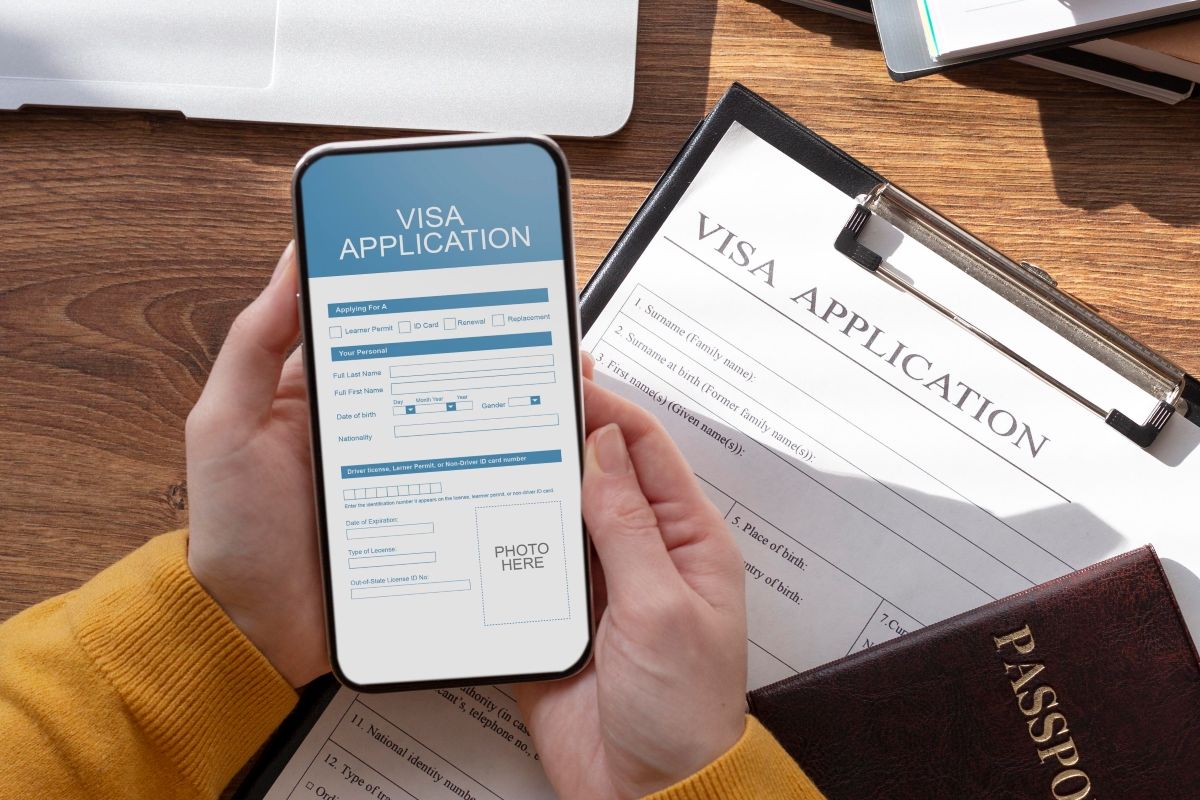The European Commission has unveiled a revolutionary reform of the Schengen visa process, paving the way for a future of digital applications and secure movement within the border-free zone.
These amended regulations, summarized below, promise a faster, more convenient experience for travellers while boosting border security for member states.
Digital Schengen Visa – Key Points
The revised regulations detail the transition of Schengen visas into a digital format. These digital visas will incorporate a 2D barcode that is cryptographically signed by the Country Signing Certificate Authority of the issuing Member State.
Notably, the digital visas will include a facial image of the visa holder and will be accessible and printable for all travellers, irrespective of their origin or destination.

1. Goodbye Stickers, Hello Digital
Traditional Schengen visas are being transformed into a secure digital format. This 2D barcode, featuring a unique cryptographic signature, will be both printable and accessible electronically, ensuring authenticity and ease of verification.
2. One Platform to Rule Them All
A new EU Visa Application Platform (EU VAP) will be the central hub for all visa applications. This user-friendly portal is accessible in Europe.eu, eliminates the need to navigate individual member state websites.
3. Smart Routing, Efficient Processing
The platform will intelligently assign applications to the responsible member state, streamlining the process and minimizing delays. Physical visits to embassies will only be required for specific cases, like first-time applicants or new travel documents.
4. Pay Electronically, Securely
Visa fees can now be paid directly through an EU VAP-linked gateway, with funds directed to the relevant member state. Electronic payment information is never stored in the Visa Information System (VIS), ensuring data privacy.
5. Stay Informed, Stay Updated
Applicants will receive electronic notifications for any updates or changes regarding their application or visa status, keeping them informed every step of the way.
6. Future-Proofed Integration
The EU VAP is designed for seamless integration with other EU systems like the Entry Exit System (EES) and the European Travel Information and Authorisation System (ETIAS). This ensures data consistency, optimizes resource allocation, and considers existing national systems.
Benefits for Travellers
- Convenience: Apply for visas from anywhere with an internet connection.
- Reduced Waiting Times: No more queuing at embassies for routine applications.
- Enhanced Security: Secure digital format minimizes the risk of fraud and forgery.
- Greater Transparency: Stay informed with real-time updates on your application status.
Impact on Member States
- Streamlined Workflows: Efficient application processing and automated routing reduce administrative burden.
- Enhanced Border Security: Robust digital format strengthens border control measures.
- Improved Resource Management: Integration with other EU systems optimizes resource allocation.
Looking Ahead
While citizens from over 60 countries, including Australia, Canada, New Zealand, and the United States, currently enjoy visa-free travel for short visits, they will still need to apply for pre-travel authorization through the ETIAS system by mid-2025.
Conclusion
This digital transformation marks a significant step towards a more secure and efficient Schengen area, benefiting travellers, member states, and the overall European project. With its focus on convenience, security, and future-proof design, the EU VAP promises to revolutionize the way we travel across the continent.
Follow and connect with us on Facebook, Twitter, LinkedIn, Instagram and Google News for the latest travel news and updates!





